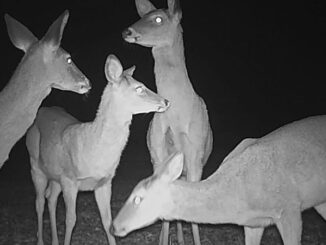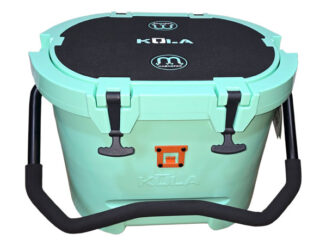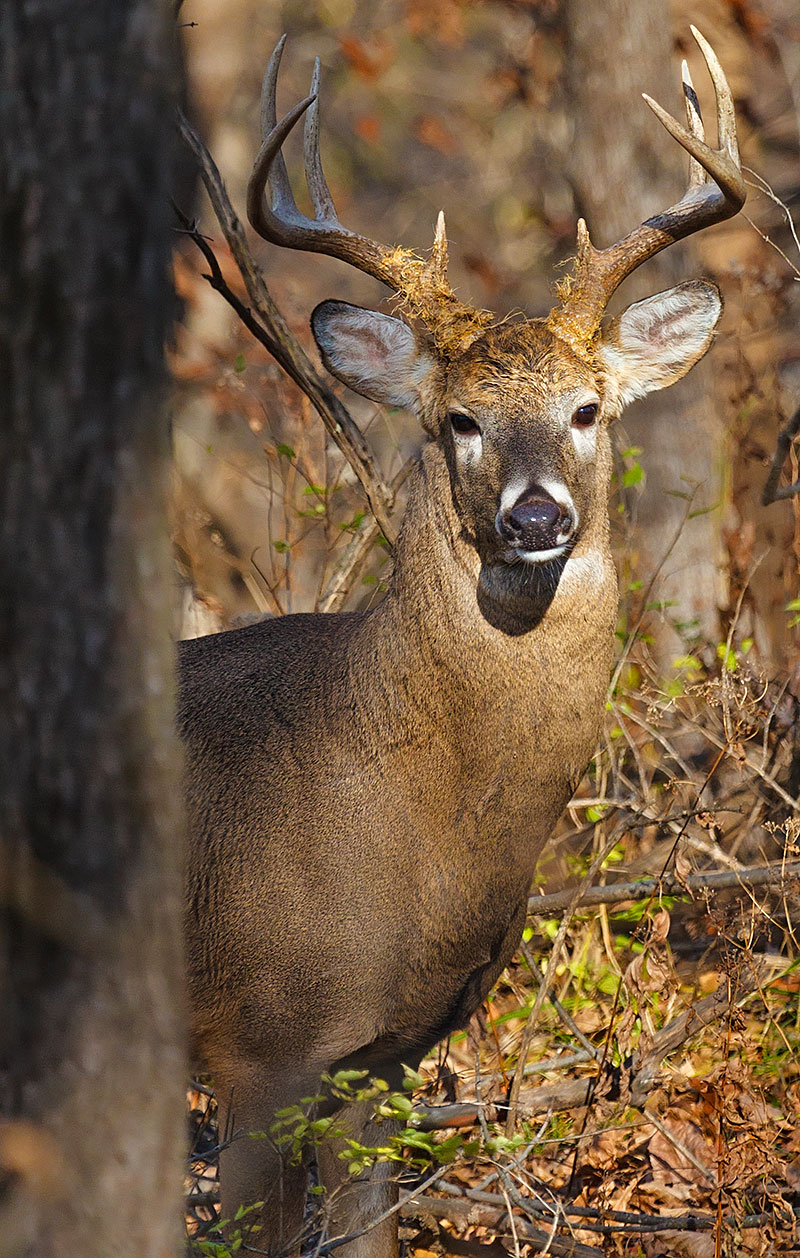
Louisiana has a variety of options for hunters who choose to chase late-season whitetail deer. The state of Louisiana is unique, and deer patterns through December and January can be very different from one parish to the next or even within the very same parish.
The more you know about these patterns and the history of the deer herd, the better hunter you will be today.
Johnathan Bordelon, Deer Program Manager for the Louisiana Department of Wildlife and Fisheries, has 25 years of experience with Louisiana whitetail deer. Bordelon noted that herd health checks have been conducted over the last 30 years to determine fetus age and rut cycles. The checks have been consistent in identifying rut cycles around the state of Louisiana and reveal rut cycles that range from October to January each season.
Bordelon discussed the deer stocking and the movement of deer from 1949 to 1969 and how it would have an impact on deer breeding cycles. It has been determined that breeding cycle is a heritable trait; however, no specific studies have been done to determine if the restocking has any remaining impacts on breeding cycles today. So we don’t really know about that.
There is some data that exists to address the evolution of populations of whitetail deer over time. An epigenetics study was done by Texas A&M and Mississippi State University where deer from varying areas and body sizes were put together and given the same nutrition. The study determined that deer body weight and build leveled out to a consistent measure within the sample group over the period of two generations. Epigenetics is the study of how behaviors and environment can cause changes that affect the way genes work. Unlike genetic changes, epigenetic changes are reversible and do not change your DNA sequence, but they can change how your body reads a DNA sequence.
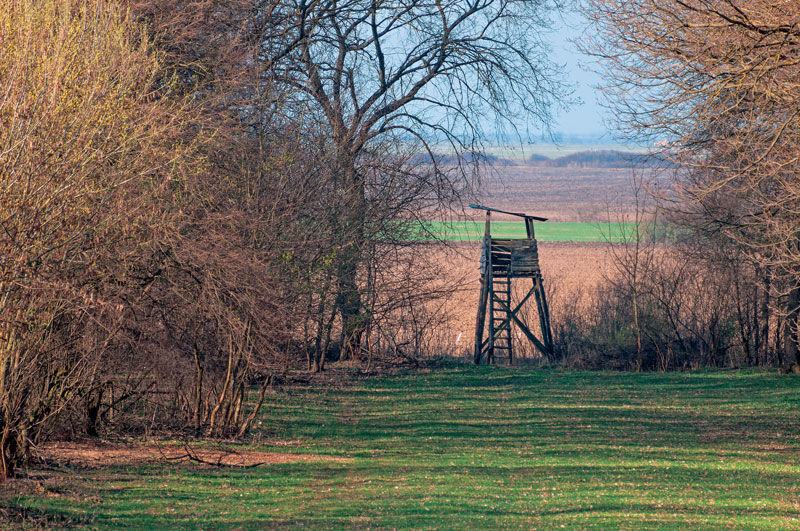
Biggest impacts
Additionally, a genetic study was conducted by taking samples of deer tongue tissue from areas where deer from Wisconsin were released 60 years ago. There were no remaining genetic matches to deer from Wisconsin in the sampled Louisiana deer herd. Data has revealed the biggest impact on deer breeding cycles is related to the existing resources including food and cover for does and fawns.
These factors are all important parts in determining deer movement in the winter months across the state of Louisiana.
Bordelon discussed the Louisiana deer population and how the department estimates deer total numbers and deer health overall. The current deer population in Louisiana is estimated at 600,000 animals in total. This estimate is based on known harvest data and the Population Reconstruction estimate process. Deer harvest data is compiled through DMAP programs, public land mandatory check data, and harvest tags. Bordelon noted that there is no way to get an absolute number for the deer population and this process is the best-known and best practice method to determine an accurate size estimate.
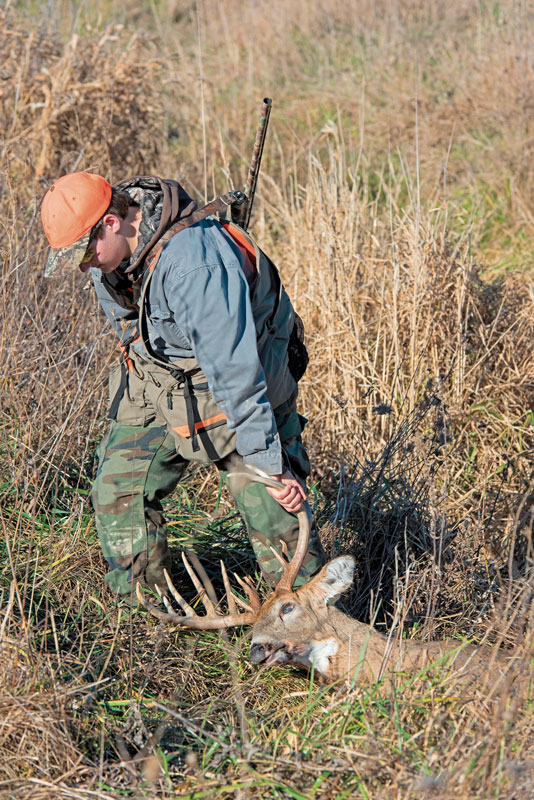
This harvest data from Wildlife Management Area hunts is available to the public for either sex hunts as well as total reported harvest data for WMA’s. This data can also play a significant role in hunters making choices about where to hunt in the late season, especially in regard to public land.
Consider these factors. Hunters in late December in a place like Beauregard Parish will see deer that are long past their rut cycle and have been pressured for four months. These deer will likely become more nocturnal and hold tight to thicker vegetation during the daytime hours. Deer in these areas may continue to use food plots and supplemental feeders; however, they may not visit these locations until after shooting hours.
Change tactics
Successful hunters in this situation often identify deer bedding areas and trails that lead to the primary feeding locations, which can include food plots, feeding stations, or natural feed locations. Natural feed late in the season, such as mast crops, may also be somewhat depleted. These trails and travel routes can be used to set up ambush points 50 to 100 yards away from the primary feeding source for deer in that specific area.
Deer in this area in late December are typically focused on food and hunting pressure as the two primary factors that impact their movement.
Often the deer will stay just outside the food source and wait until dark to enter and feed, only to leave the food source before daylight and travel to bedding areas. This technique allows hunters to have encounters with deer during legal shooting hours traveling to and from feeding areas.
This method often leads to successful encounters on public land; however, more effort is required to scout and identify the primary food sources for deer in the late season. These food sources can include remaining mast crops and remaining green vegetation such as green briar. In other words, catch them coming and going.
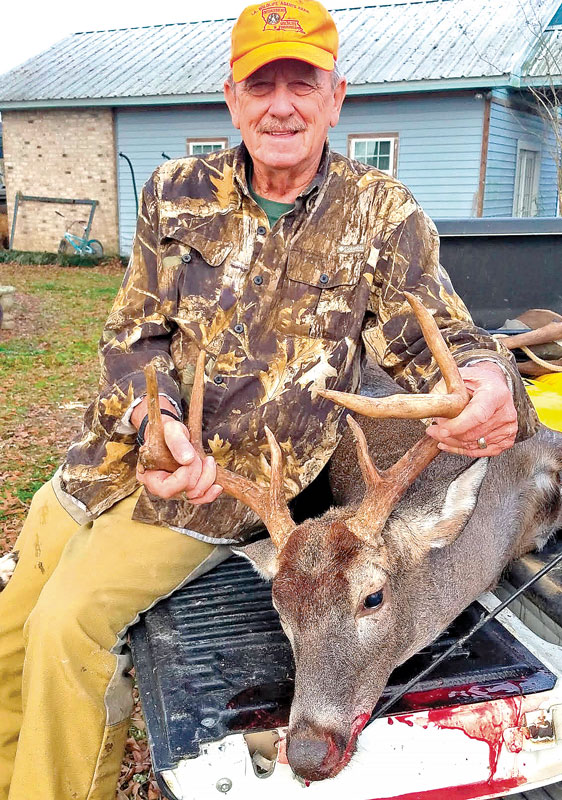
Another situation
A hunter across the state in the parishes along the Mississippi river basin, who is hunting the very same day in late December, will encounter a very different situation. Parishes such as Avoyelles and St. Landry often have rut cycles that range from late December all the way into February within the same parish. Hunters in these areas will need to have a different focus to improve their chances of deer encounters. Deer move a lot more during the breeding cycle and can cover long distances in short periods of time.
The scouting method would include locating scrapes and trails to primary feeding areas and hunting areas with much longer distances visible from the stand. Hunting areas of primary food sources frequented by does can lead to an encounter with a buck much more interested in breeding than food. They also travel corridors that lead from bedding areas to hardwood bottoms, food plots, or feed stations.
My father and I have hunted the same small block of family land just north of Baton Rouge for the last 35 years. In that time, we have come to identify the typical patterns of deer movement that seem to stay the same year after year. The late season for East Baton Rouge includes the rut with breeding activity increasing in late December into early January.
During the rut, does focus on food and bucks are searching for receptive does. We have stands set up for varying winds along large pine thickets that border the property and are the primary bedding areas.
The deer that leave the bedding area and move to food plots and oak trees to feed year-after-year use the same areas to travel. However, during the rut, all bets are off and a deer can pop out of the thickets at any location and any time. A few years ago, using this very same technique, my father took his largest buck to date just on the edge of a pine thicket just a few days after Christmas.
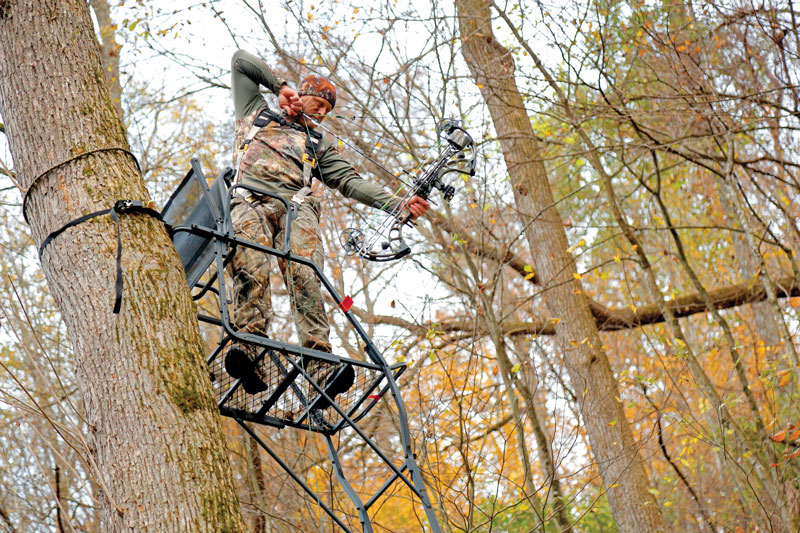
It isn’t easy
Late-season deer hunting isn’t easy. You can help your chances by considering these factors and others that affect your area as well.
It’s important for hunters to be aware of not only the rut cycles in their primary area, but also in any area they may travel to hunt. Remember, in some cases the rut cycles can be very different just an hour’s drive away. Late season can be very exciting hunting, very successful, but may require a little more effort to adjust your technique to match the habitat and deer movement.
Most successful deer hunters would say it’s worth it.
